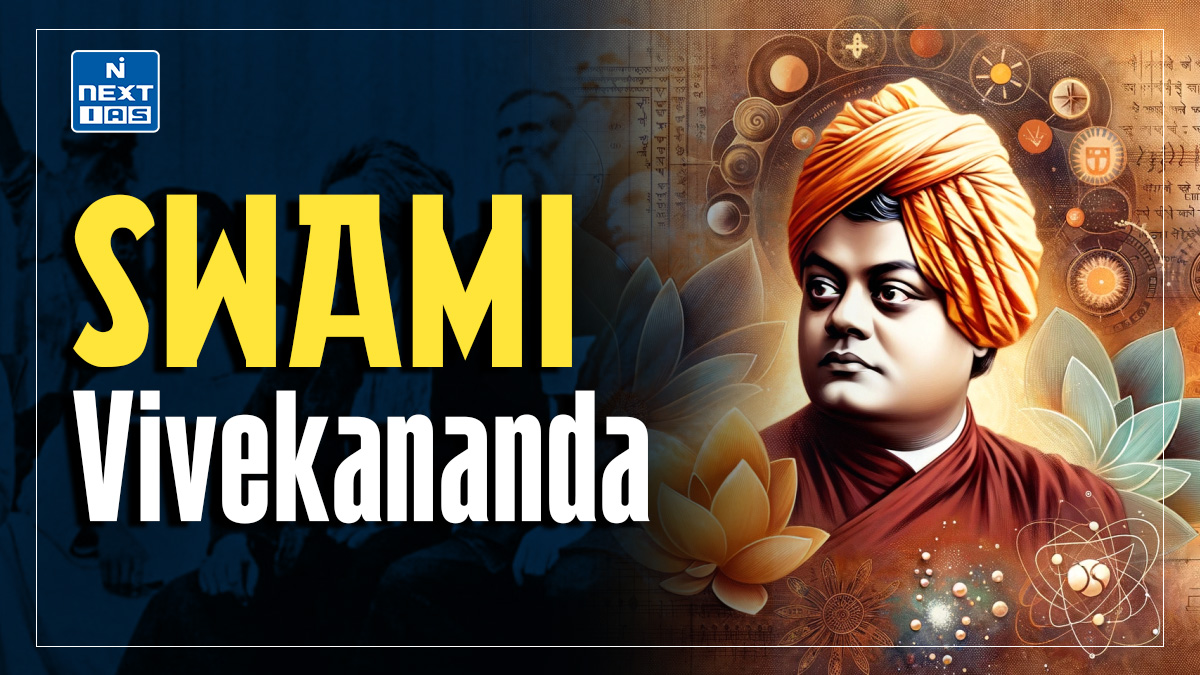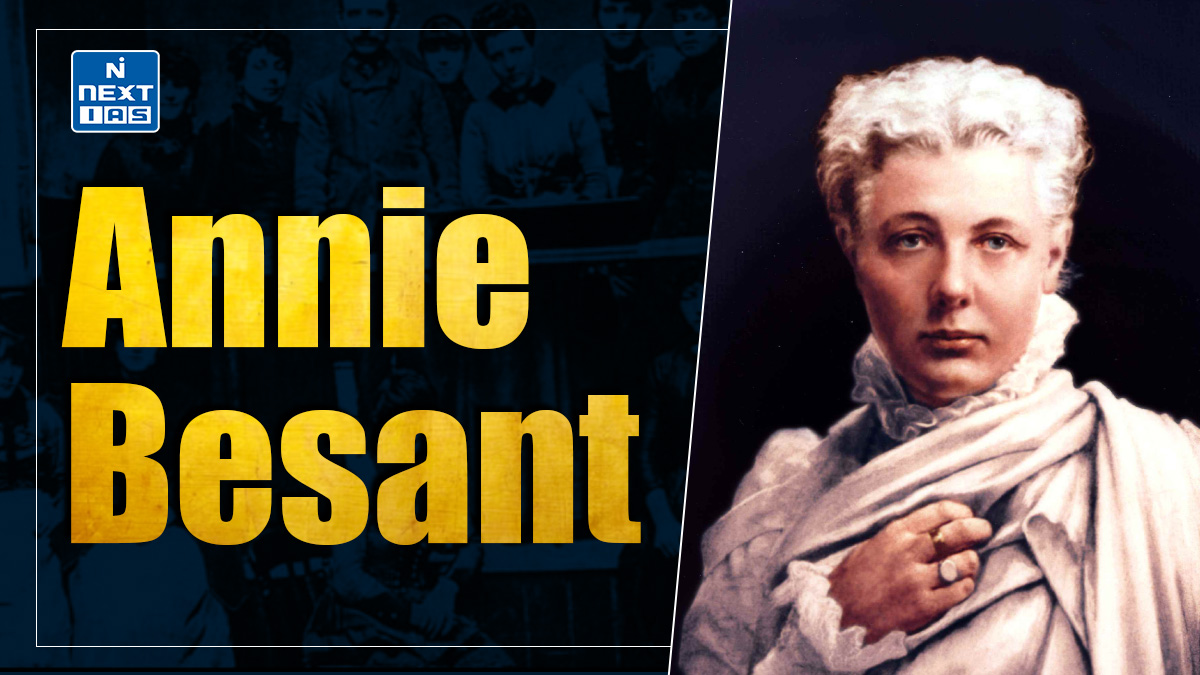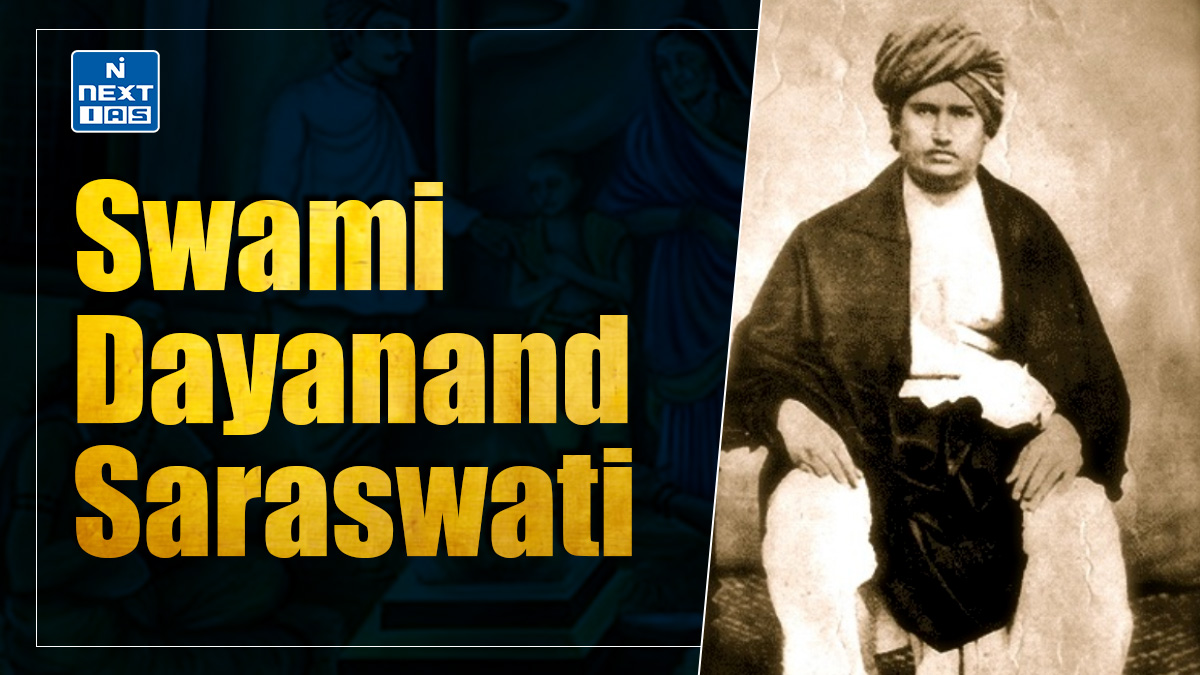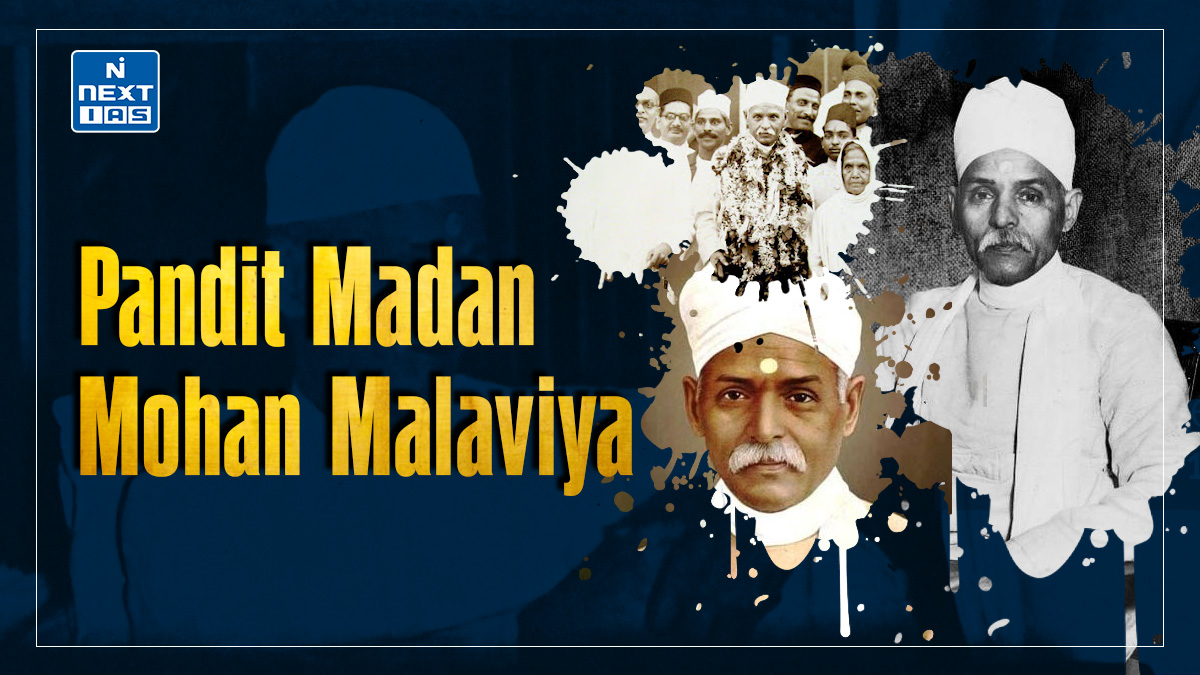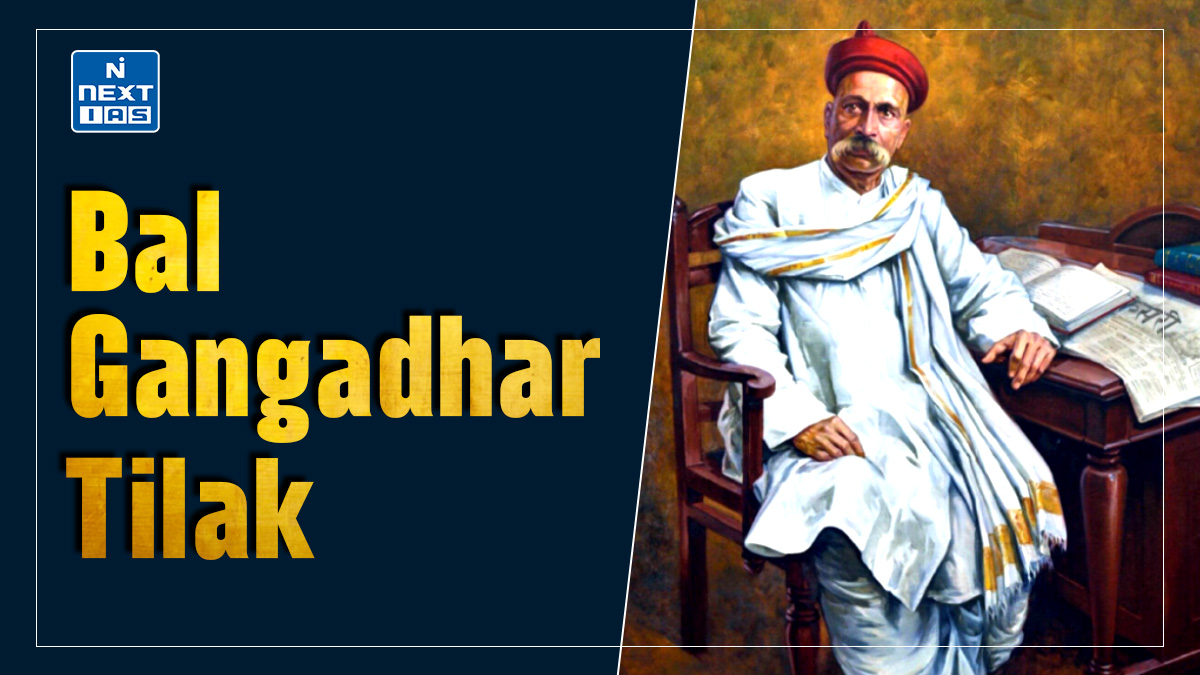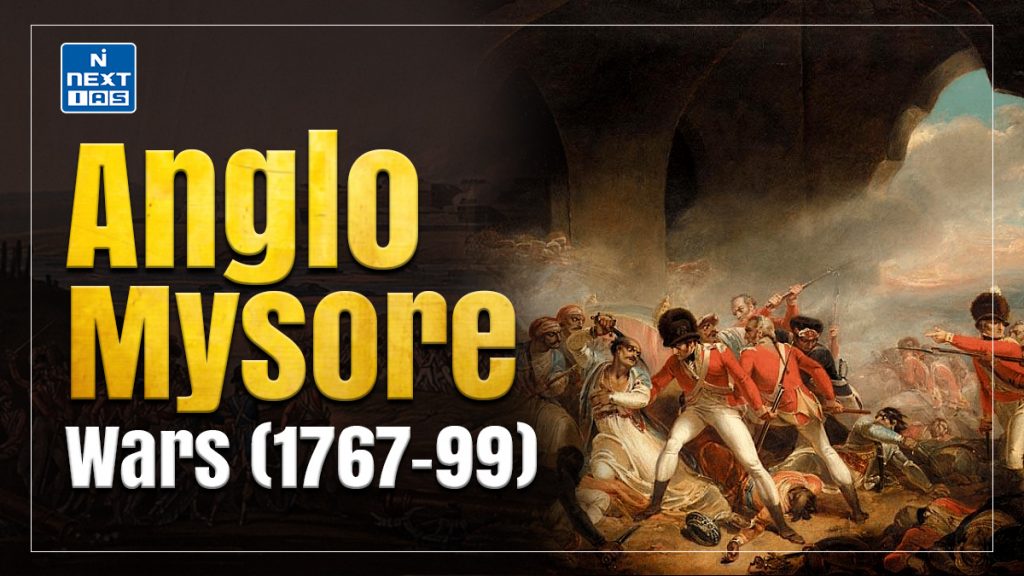
The Anglo-Mysore War (1767-1799) were a series of four conflicts between the British East India Company and the Kingdom of Mysore, led by Haider Ali and later by his son, Tipu Sultan. These wars were significant as they marked the decline of Mysore’s power and facilitated the expansion of British colonial rule in South India. This article aims to study in detail the key events, strategies, and outcomes of the Anglo-Mysore Wars and their impact on the region.
About Anglo-Mysore War
- The most important power that emerged in South India was Mysore under Haider Ali.
- The kingdom of Mysore had preserved its precarious independence ever since the end of the Vijayanagar Empire.
Rise of Haider Ali
- When Krishnaraja died, Haider Ali became the de facto ruler of Mysore in 1761; Mysore had territorial threats from both the Marathas and the Nizam of Hyderabad.
- By the time Haider Ali took complete control of Mysore, he had successfully driven out the Marathas from Bangalore, where they had laid siege (1758). In 1761, in the Battle of Panipat, the Marathas were defeated, and due to this, they withdrew their forces from Mysore.
- After this battle, Haider Ali increased his influence. In 1755, with the help of French experts, he established a modern arsenal in Dindigul.
- In 1761, he overthrew Nanjaraj and established his authority over the Mysore state. He extended full control over the rebellious poligars (zamindars) and conquered the territories of Bidnur, Sunda, Sera, Canara and Malabar.
- After capturing the throne of Mysore, Haider Ali looked down over the Deccan to expand territories.
- Haidar’s aggressive designs alarmed the English, the Marathas, and the Nizam, who thus declared him their common enemy.
- This tripartite struggle for power between the English, the Marathas, and the Nizam against Mysore opened the front for the first Anglo-Mysore War.

First Anglo-Mysore War (1767-69)
Background of First Anglo-Mysore War
- The British East India Company, seeking an overland connection between its holdings at Madras and Bengal, sought to gain access to the Northern Circars, a series of coastal territories held by the French till 1758, when they were ousted with British military support.
- The British went to the Nizam of Hyderabad for access to the area, but he, being a French Protégé, rejected Robert Clive’s demand for it.
- After that, Robert Clive applied to Mughal Emperor Shah Alam II, who issued a decree in 1765 granting Clive the rights to that territory.
- The British began occupying the Northern Circars, fuelling Nizam’s ambition to take Mysore from Haider Ali. The Marathas also joined Nizam in this alliance against Haider Ali.
Course of First Anglo-Mysore War
- The war started when Marathas attacked Mysore in 1767. But Haider Ali made peace with the Marathas, paying them money.
- After the Marathas returned, Nizam attacked Mysore with the assistance of the British.
- But even before the war could be concluded, the Nizam changed the side and came towards Haider Ali. The English forces could not retaliate and retreated to Trichinopoly.
- The British then threatened to attack Hyderabad, forcing the Nizam to sign a treaty in 1768. According to this treaty, the Nizam agreed to give the British Diwani Rights of Mysore when Haider Ali was ousted and Mysore was won by him.
- Thereafter, an English Force was sent to capture Mysore, but it was defeated by Haider Ali.
Outcomes of First Anglo-Mysore War
- Treaty of Madras: Signed in April 1769. As per the Treaty of Madras:
- Both the Parties returned the areas won by each other.
- The District of Arcot was given to Nawab of Arcot.
- British & Haider Ali promised that they would support each other if there is any foreign invasion.
- In 1770, the Marathas again attacked Mysore, confiscating nearly all of Haider’s territories. In the absence of British support, Haider made peace with the Marathas by paying them an annual tribute.
Second Anglo-Mysore War (1780-84)
Background of Second Anglo-Mysore War
- Haider Ali emerged victorious against the British in the first Anglo-Mysore War (1767-69). At the end of the war, a defensive treaty was concluded between Haider Ali and the British. After eleven years, the Second Mysore War broke out because of the following reasons:
- The British failed to fulfill the terms of the defensive treaty with Haider when the Marathas attacked him in 1771.
- During the American War of Independence, there was an outbreak of hostilities between the English and the French (an ally of Haider).
- The British captured Mahe, a French settlement within Haider’s territories.
- In 1779, Haider Ali formed a grand alliance with the Nizam of Hyderabad and the Marathas against the British.
Course of Second Anglo-Mysore War
- The War began when the British led their forces through Haider’s territory, without his permission, to capture Guntur in the Northern Circars.
- Haider Ali defeated Colonel Baillie and captured Arcot in 1780. The following year, Warren Hastings divided the Confederacy by a clever stroke of diplomacy.
- He made peace with the Nizam, won Bhonsle’s friendship, and came to an understanding with the Scindia (both Marathas). Consequently, Haider was isolated without any alliance.
- He was defeated by Sir Eyre Coote at Porto Novo in 1781. In December 1782, Haider died at sixty, and his death was kept secret until his son Tipu Sultan, assumed power.
Outcome of Second Anglo-Mysore War
- Treaty of Mangalore: The Second Mysore War ended with the Treaty of Mangalore in 1784. Accordingly, all conquests were mutually restored, and the prisoners on both sides were liberated.
- The treaty is an important document in India’s history because it was the last occasion when an Indian power dictated terms to the Company.
- The treaty was negotiated with Haider’s son and heir, Tipu Sultan, who steered the negotiations. Finally, the British had to agree to his terms.

Third Anglo-Mysore War (1790-92)
Background of Third Anglo-Mysore War
The Treaty of Mangalore (1784) exhibited the military strength of Mysore, exposed English weaknesses and increased Tipu’s strength. Like his father, he wanted to eliminate the English from India. His other designs were to wreak vengeance on the Nizam and the Marathas as they had betrayed his father during the hour of need. The chief causes of the Third Mysore War were:
- Rise of Tipu Sultan: Tipu Sultan strengthened his position by undertaking various internal reforms, which worried the British, the Nizam of Hyderabad, and the Marathas.
- Moreover, Tipu tried to seek France’s help, sending envoys to those countries.
- He also expanded his territories at the expense of his neighbours, particularly the Raja of Travancore, an ally of the British.
- Tipu did not honour the article regarding the transfer of the prisoners contained in the Mangalore Treaty of 1784 and kept the British prisoners with him. This was one reason for the hostility.
- In 1790, the British concluded a tripartite alliance with the Nizam and the Marathas against Tipu.
- The immediate reason for the war, which commenced in 1790, was that the local Dharamaraja of Travancore built some fortifications in the territories claimed by Tipu.
- Travancore Raja also purchased two forts from the Dutch in Cochin, a state paying tribute to Tipu. Travancore was an ally of the British. So when Tipu attacked Travancore, the British attacked Tipu.
Course of Third Anglo-Mysore War
- War broke out in May 1790 between the English and Tipu. It was fought in three phases.
- The first phase commenced when Medows, the Governor of Madras, initially directed the campaign to invade Mysore. Still, Tipu’s rapid movements halted the progress of the English troops and inflicted heavy losses on them. In the meantime, Cornwallis himself assumed command in December 1790.
- This was the beginning of the second phase of the war. Marching from Vellore, he captured Bangalore in March 1791, but Tipu’s brilliant strategies prolonged the war, and Cornwallis was forced to retreat to Mangalore due to a lack of provisions.
- The third phase of the war began when timely aid from the Marathas, along with plenty of provisions, helped him resume his campaign and march against Srirangapattinam again.
- This time Tipu was at a disadvantage. Swiftly the English forces occupied the hill forts near Srirangapattinam and seized it in February 1792. Tipu Sultan concluded the Treaty of Srirangapattinam with the British.
Outcomes of Third Anglo-Mysore War
The terms of the Treaty of Srirangapattinam (1792) were as follows:
- Tipu had to give up half of his dominions.
- He had to pay a war indemnity of three crore rupees and surrender two of his sons as hostages to the English.
- Both sides agreed to release the prisoners of war. The Treaty of Srirangapattinam is a significant event in South India’s history.
- The British secured a large territory on the Malabar Coast, the Baramahal district, and Dindigul. Although Mysore’s strength was reduced after this war, it was not extinguished.
Fourth Anglo-Mysore War (1798-99)
Background of Fourth Anglo-Mysore War
- Tipu Sultan wanted to avenge his humiliating defeat and the terms imposed on him by the British.
- He aimed at making Mysore a strong state. Tipu worked continuously to secure help in fighting British imperialism.
- He made efforts to seek the help of France, Arabia, Kabul, and Turkey. In July 1798, he corresponded with the Revolutionary French Government.
- At Srirangapattinam, a Jacobian Club was started, and the flag of the French Republic was hoisted.
- The tree of Liberty was also planted. Napoleon’s landing in Egypt in 1798 was intended to further the capture of the British possessions in India, and the Kingdom of Mysore was a key to that next step. The ruler of Mysore, Tipu Sultan, in fact, received a letter of assurance from Napoleon informing him of the French desire to relieve Tipu’s kingdom from the British yoke.
- At this juncture, Wellesley reached Calcutta with a mind already filled with fear of Napoleon. Therefore, he prepared for a war against Mysore.
Course of Fourth Anglo-Mysore War
- As part of his strategy, Wellesley tried to revive the Triple Alliance of 1790 with the Marathas. Though the Marathas did not accept his proposal, they promised to remain neutral.
- However, the British concluded a Subsidiary Alliance with the Nizam, and as a consequence, the French force at Hyderabad was disbanded.
- Wellesley set out to persuade Tipu to accept a pact of a subsidiary alliance and wrote letters requesting Tipu dismiss the French, receive an English envoy, and make terms with the Company and its allies.
- Tipu paid scant attention to Wellesley’s letters, paving the way for the Fourth Anglo-Mysore War. The war was short and decisive. As planned, the British Bombay army invaded Mysore from the west.
- The Madras army forced Tipu to retreat to his capital, Srirangapattinam. Although severely wounded, he fought until his capital was captured, and he died in May 1799.
Outcomes of Fourth Anglo-Mysore War
- The Wodeyar dynasty was restored to the throne of the Mysore, and Mysore came indirectly under the British.
- Thus, with the end of the Fourth Mysore War, Mysore became a princely state under the suzerainty of the East India Company.
Critical Analysis of Anglo-Mysore War
- The successor of the Wodeyar family was made to sign a Subsidiary Alliance in sync with Lord Wellesly’s political strategy, making Mysore a dependency of the East India Company.
- Tipu used iron-cased rockets in the Third and Fourth Mysore Wars, which led the British to develop their versions of the Rockets.
Conclusion
The conclusion of the Anglo-Mysore Wars marked a significant turning point in Indian history, with the British East India Company effectively consolidating its power over South India. The restoration of the Wodeyar dynasty, albeit under British suzerainty, exemplified the intricate dynamics of colonial rule. Moreover, the innovative use of iron-cased rockets by Mysore’s forces showcased the military ingenuity of the time and influenced British military technology. Ultimately, the wars underscored the shifting tides of power in India, setting the stage for the broader expansion of British control across the subcontinent.
Frequently Asked Questions (FAQs)
Who won the Second Anglo-Mysore War?
The Second Anglo-Mysore War (1780–1784) ended in a stalemate, with neither the British East India Company nor Mysore achieving a decisive victory. The conflict concluded with the Treaty of Mangalore, under which both sides agreed to return territories conquered during the war.
What are the effects of the Second Anglo-Mysore War?
The Second Anglo-Mysore War highlighted the military strength of Mysore under Tipu Sultan, leading to a temporary balance of power between Mysore and the British. The Treaty of Mangalore restored territories but set the stage for future conflicts as it left underlying issues unresolved and heightened mutual distrust.
What was the cause behind the Anglo-Mysore Wars?
The main causes of the Anglo-Mysore Wars were the British East India Company’s ambitions to expand its influence in southern India, Mysore’s growing power under Hyder Ali and later Tipu Sultan, and their desire to resist British control over regional trade and politics. Conflicts over territory and economic interests intensified hostilities between the two sides.
